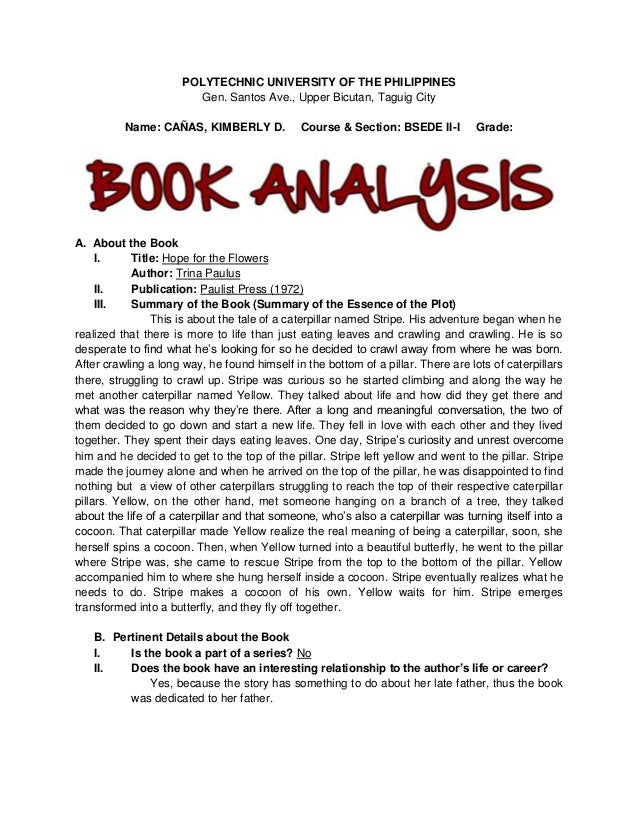Critical analysis of a book involves evaluating the strengths and weaknesses of the work in terms of its content, structure, themes, writing style, and overall impact on the reader. It requires a close reading of the text, an understanding of the author's intentions, and an assessment of how effectively those intentions are realized.
When conducting a critical analysis of a book, it is important to consider the following elements:
1. Plot: Evaluate the plot in terms of its coherence, pacing, and originality. Consider whether the plot engages the reader and effectively conveys the author's intended message.
2. Characters: Analyze the characters in terms of their development, complexity, and believability. Consider whether the characters are well-rounded and dynamic, or if they come across as flat and one-dimensional.
3. Themes: Identify the central themes of the book and evaluate how effectively they are explored and developed throughout the narrative. Consider whether the themes are relevant, meaningful, and thought-provoking.
4. Writing style: Assess the author's writing style in terms of its clarity, eloquence, and effectiveness in conveying the story. Consider whether the writing is engaging, vivid, and emotionally resonant.
5. Structure: Evaluate the structure of the book in terms of its organization, pacing, and overall flow. Consider whether the structure enhances the reading experience and contributes to the overall impact of the work.
6. Context: Consider the cultural, historical, and social context in which the book was written, and how this context influences the themes, characters, and narrative.
Overall, a critical analysis of a book involves a thoughtful and nuanced examination of the various elements that make up the work, with the goal of providing a well-rounded evaluation that takes into account both the strengths and weaknesses of the book. By critically analyzing a book, readers can gain a deeper understanding of the work and appreciate it in a more nuanced and insightful way.

